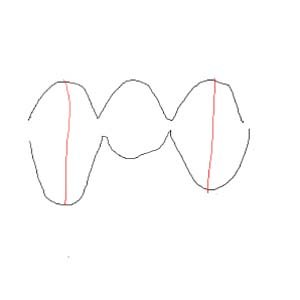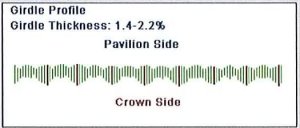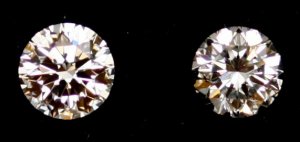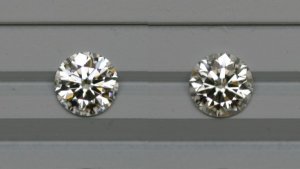gladstone
Rough_Rock
- Joined
- Feb 6, 2006
- Messages
- 67
I am shy to tell people that the stone is AGS ideal knowing that the cutter took advantage of the manner by which the lab measure the gridle thickness. I believe one of our stone is severely dug out by a cutter to [hide] weight. The upper girdle facets appear dark in most lighting conditions.
I have a sarin of the stone. The girdle map look like a big fat belly at bezel & main junction. I do not have access to a scanner today. Is there some number on this sarin report that I can post in order for you to confirm that the stone is severely dug out?
Thank you in advance for you help...
Edited:
Here is the Sarin numbers:
Weight: 1.250
Diameter: 6.89 (6.87-6.92) [0.7%]
Total Depth: 62% 4.27mm
Crown Angle: 34.1
Crown Height: 14.4
Pavil Angle: 41.0
Pavil Depth: 43.4
Culet: 0.2 None
Table Size: 57
Girdle: 1.8% (1.4-2.2) Slight Thick
I have a sarin of the stone. The girdle map look like a big fat belly at bezel & main junction. I do not have access to a scanner today. Is there some number on this sarin report that I can post in order for you to confirm that the stone is severely dug out?
Thank you in advance for you help...
Edited:
Here is the Sarin numbers:
Weight: 1.250
Diameter: 6.89 (6.87-6.92) [0.7%]
Total Depth: 62% 4.27mm
Crown Angle: 34.1
Crown Height: 14.4
Pavil Angle: 41.0
Pavil Depth: 43.4
Culet: 0.2 None
Table Size: 57
Girdle: 1.8% (1.4-2.2) Slight Thick
















300x240.png)